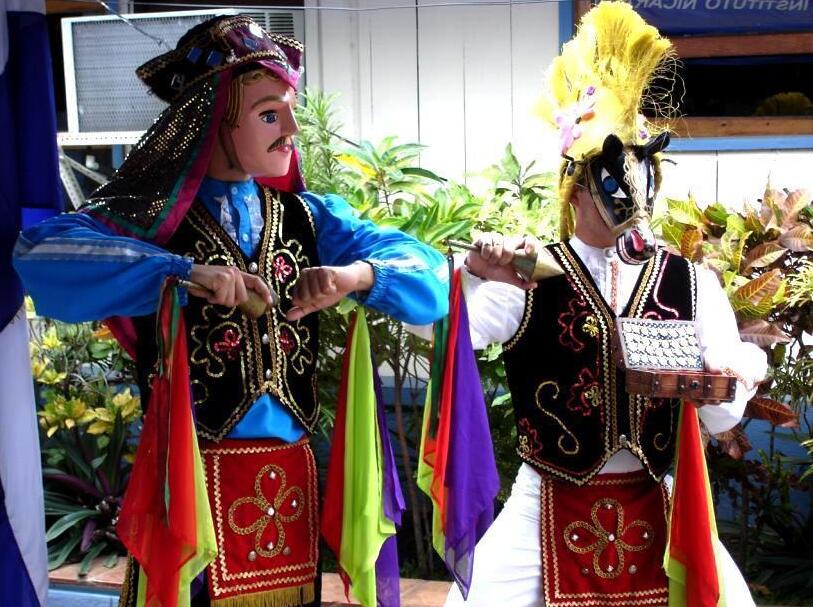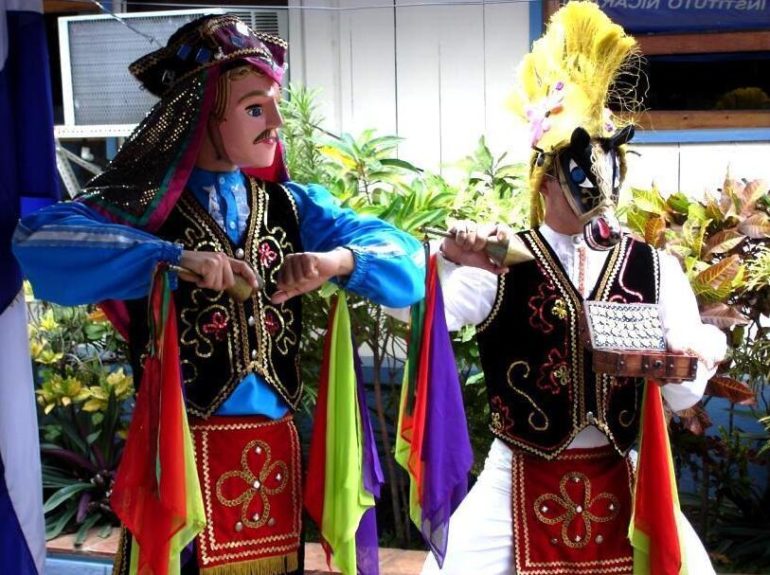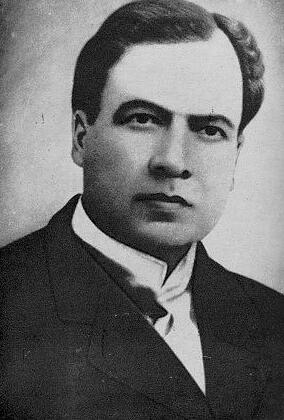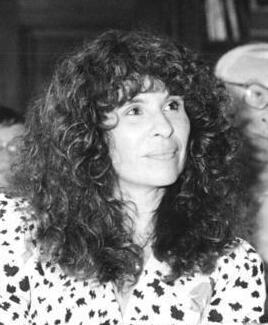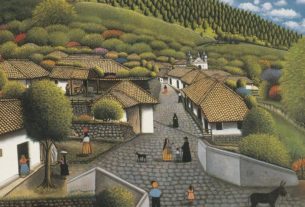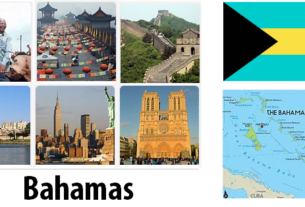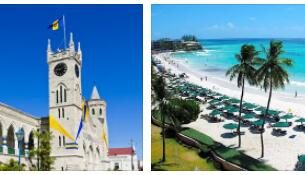Nicaragua’s literature has a rich and distinctive tradition dating back to colonial times. The great poet chief is the poet Rubén Darío, and his position has had an impact on the central position of lyric in Nicaragua’s cultural life. There is a lot of political involvement among Nicaraguan writers. Nicaraguan literary texts largely address political issues and several authors have held central political positions.
The colonial past
The first known literary work from Nicaragua is the theater piece El Güegüense. El Güegüense is a satitic drama and combines music, dance and theater. The work is considered one of the most distinctive artistic expressions of the colonial era in Latin America. The play was written once in the fifteenth century and the author is unknown. The work has been played and has been orally transmitted for centuries before it was written down and published in 1942. El Güegüense is still of great importance in Nicaragua both as a living expression of identity and as an inspiration for political satire.
Modernista movement
Rubén Darío (1867–1916) and the modernist movement have had a tremendous impact on Nicaragua’s national literature. The movement was the first Latin American literary movement that achieved international influence, and can also be said to be the first genuinely Latin American literature. Dario was the main figure of the movement and his work helped to renew the use of the Spanish language in literature. He had an innovative use of imagery and used new rhythms and verse forms in his poetry. Dario is regarded as the Nicaraguan poet chief and he is still honored with new statues, and parks and streets with his name. He has had many followers and successors, the poet Santiago Argüello (1871-1940) is considered perhaps his foremost successor.
From 1900
Nicaragua’s most well-known novelist before the Second World War is the politically engaged Hernán Robleto (1892–1968), who among other things wrote critically about the US intervention in Nicaragua in the 1920s. Other novelists of the time are Adolfo Calero Orozco (1899–1980), and Emilio Quintana (1908–1971), who is known for his short stories from the banana plantations.
Avantgarde Tendencies
In the mid-1920s, a new generation of poets introduced Europe’s literary avant-garde trends to Nicaragua. The movement centered around the journal Vanguardia which was published in Granada. The most pivotal in this movement were José Coronel Urtecho (1906–1994) and Pablo Antonio Cuadra (1912–2002), the latter also known as a playwright and essayist. The movement was heavily influenced by poets Ernesto Mejía Sánchez (1923–1985), Carlos Martínez Rivas (1924–1998) and the politically engaged priest Ernesto Cardenal (born 1925). A later generation includes Sergio Ramírez (born 1942) and Beltrán Morales (1945–1986).
From 1950
Among the novelists after the Second World War are Lizandro Chávez Alfaro (1929–2006) and Omar Cabezas (born 1950), who has written an autobiographical account of the guerrilla front of the Sandinist Front and the rebellion against the Somoza dictatorship in the 1970s (Norwegian translation The Mountain is more than one boundless green steppe, 1985).
Gioconda Belli (born 1948) is among the Nicaraguan writers who have achieved the greatest international impact in recent decades. Belli is a lyricist, novelist and essayist and her books have been translated into a variety of languages. Of lyricists, Claribel Alegria (1924–2018) and Julio Valle Castillo (born 1952) can be cited.
Gioconda Belli has won many international awards, here she receives the Das Anna-Seghers Scholarship of the Academy of Arts in 1989.
Lyric’s position in society
The lyric’s prominent position is partly due to Rubén Dario’s position in Nicaraguan cultural life, and one sees that the country’s largest newspapers such as La Prensa give lyric a large gap. Many Nicaraguan writers have debuted in the literature supplement to La Prensa.
The strong political streak in literature is seen in other Latin American countries, and this is also the tradition of the Chilean poet Paulo Neruda, but nowhere has the link between politics and literature been stronger. In the 1960s and 1970s, many Nicaraguan writers used their texts to criticize the dictator Somoza, most of whom were linked to the revolutionary Sandinist movement. Several critical writers were imprisoned at this time, and even more moved out of the country.
Authors in exile
Many of the Nicaraguan literary texts written in the 1970s are written either in prison or in exile. After the 1979 revolution, most of the exiled writers returned and several of them were given central positions in the Sandinist leadership following the takeover of power. Sergio Ramírez became Vice President, Ernesto Cardenal became Minister of Culture, and Gioconda Belli became the Sandinist Press Spokesperson. The revolution also became a central theme of Nicaraguan literary texts throughout the 1980s and several (such as Cabezas and Belli) wrote autobiographical accounts of the revolution.
The author’s role as a power critic is still important, and many of the same writers who used the pen in the Sandinist struggle against Somoza and for a free Nicaragua have now become the strongest critics of the Sandinists. Ramirez and Cardenal, among others, have written strong and critical testimonies of their breaches of the Sandinist movement.
